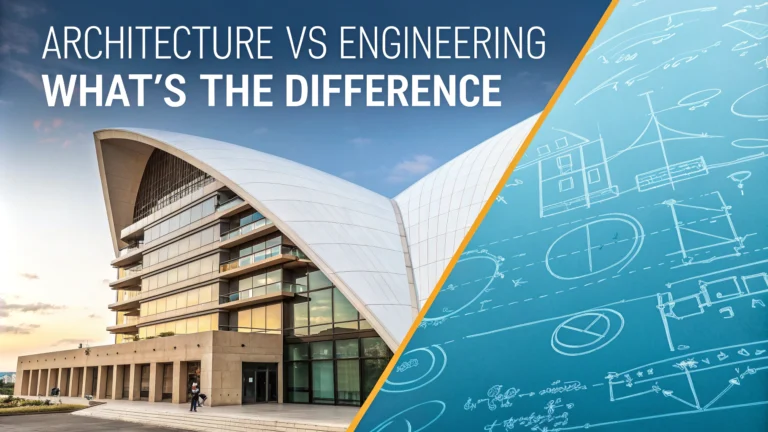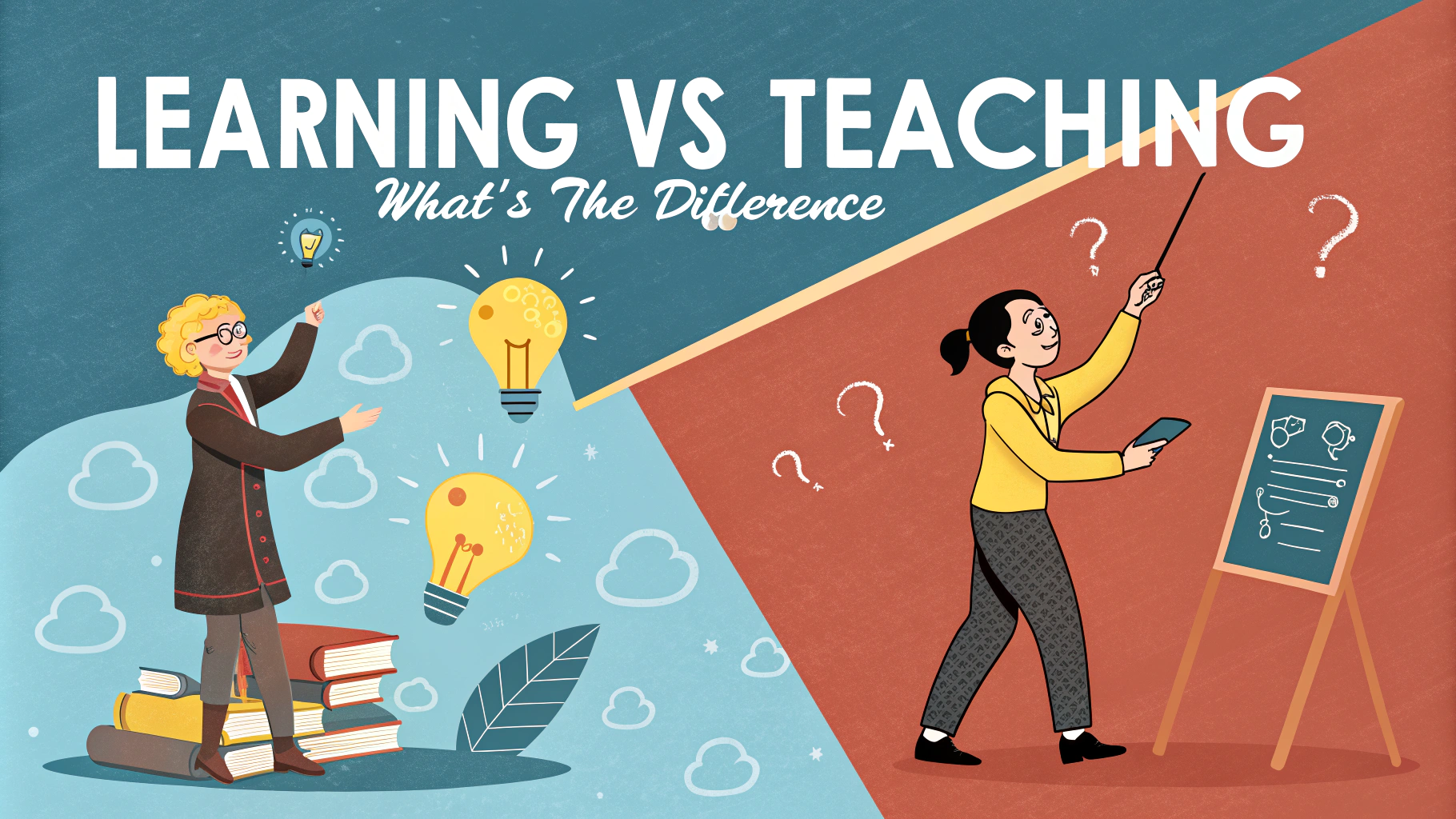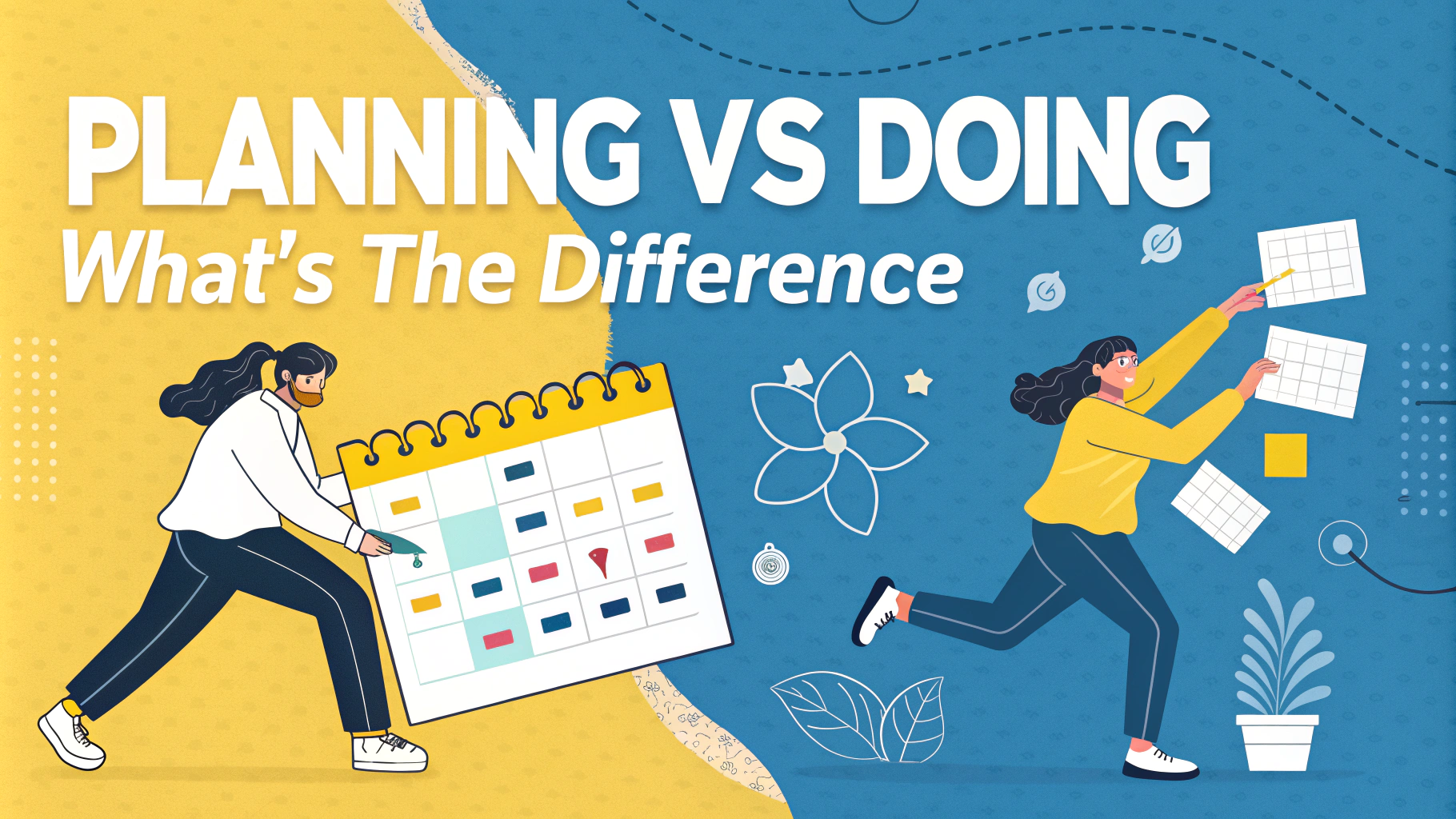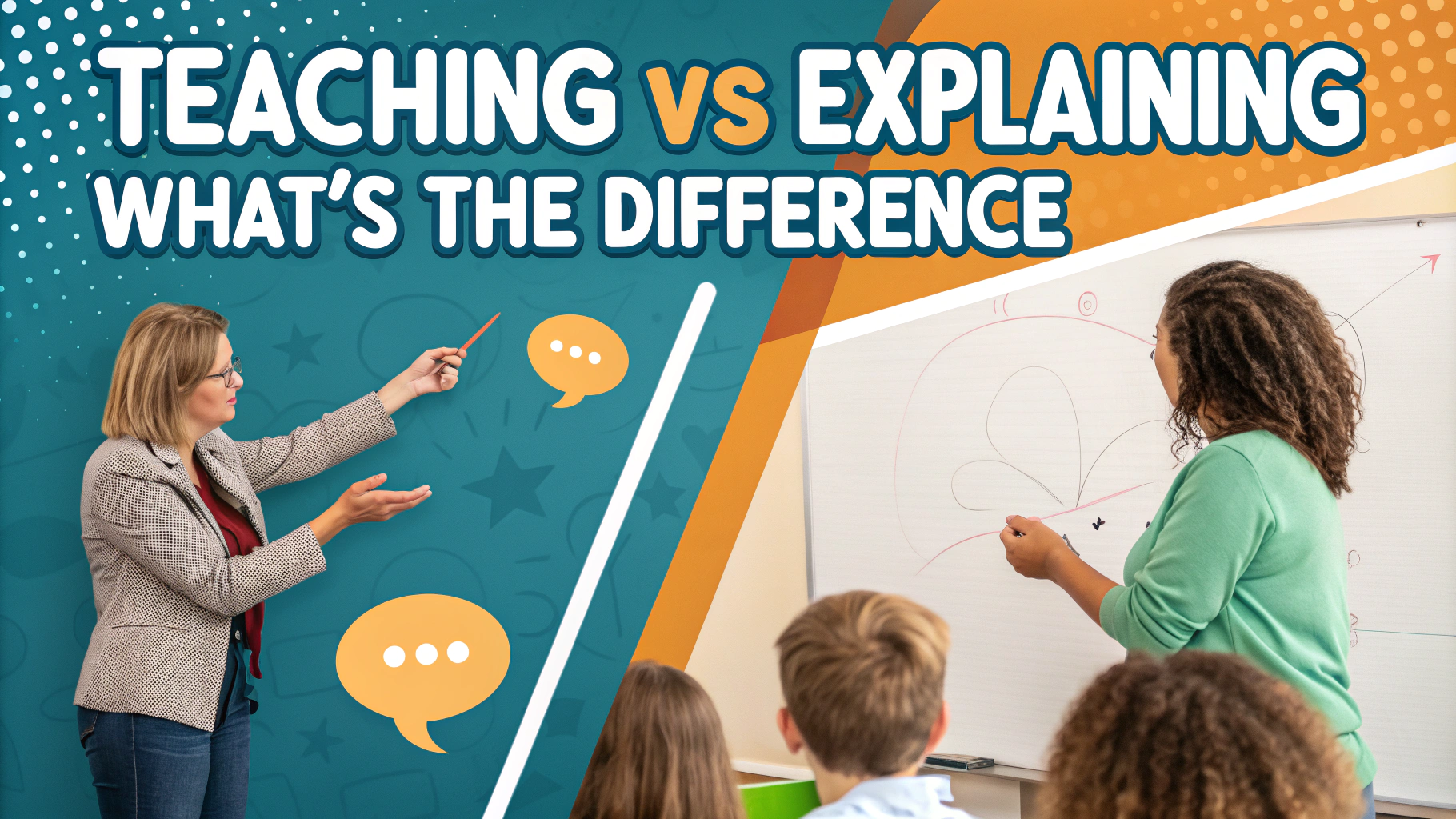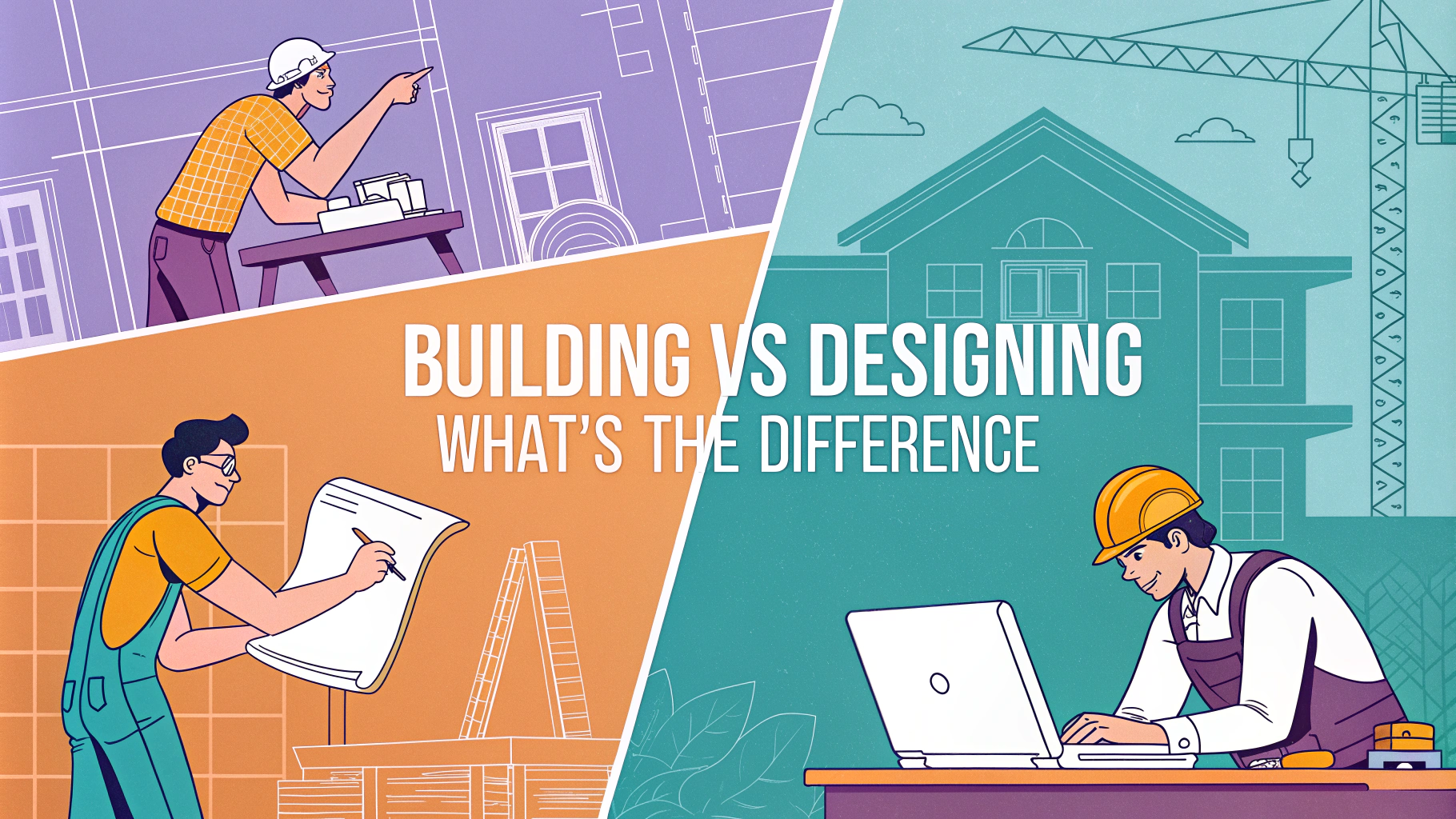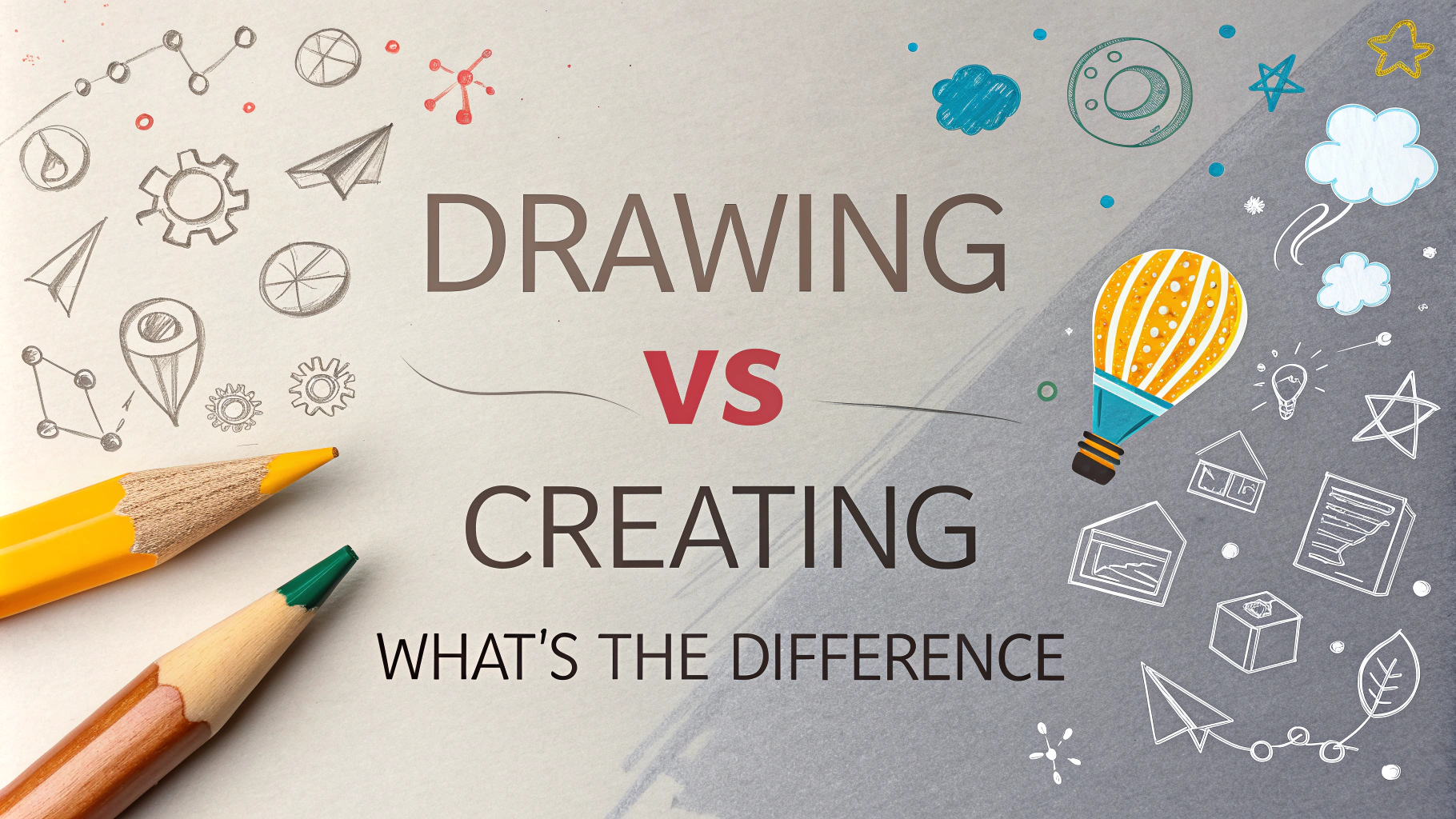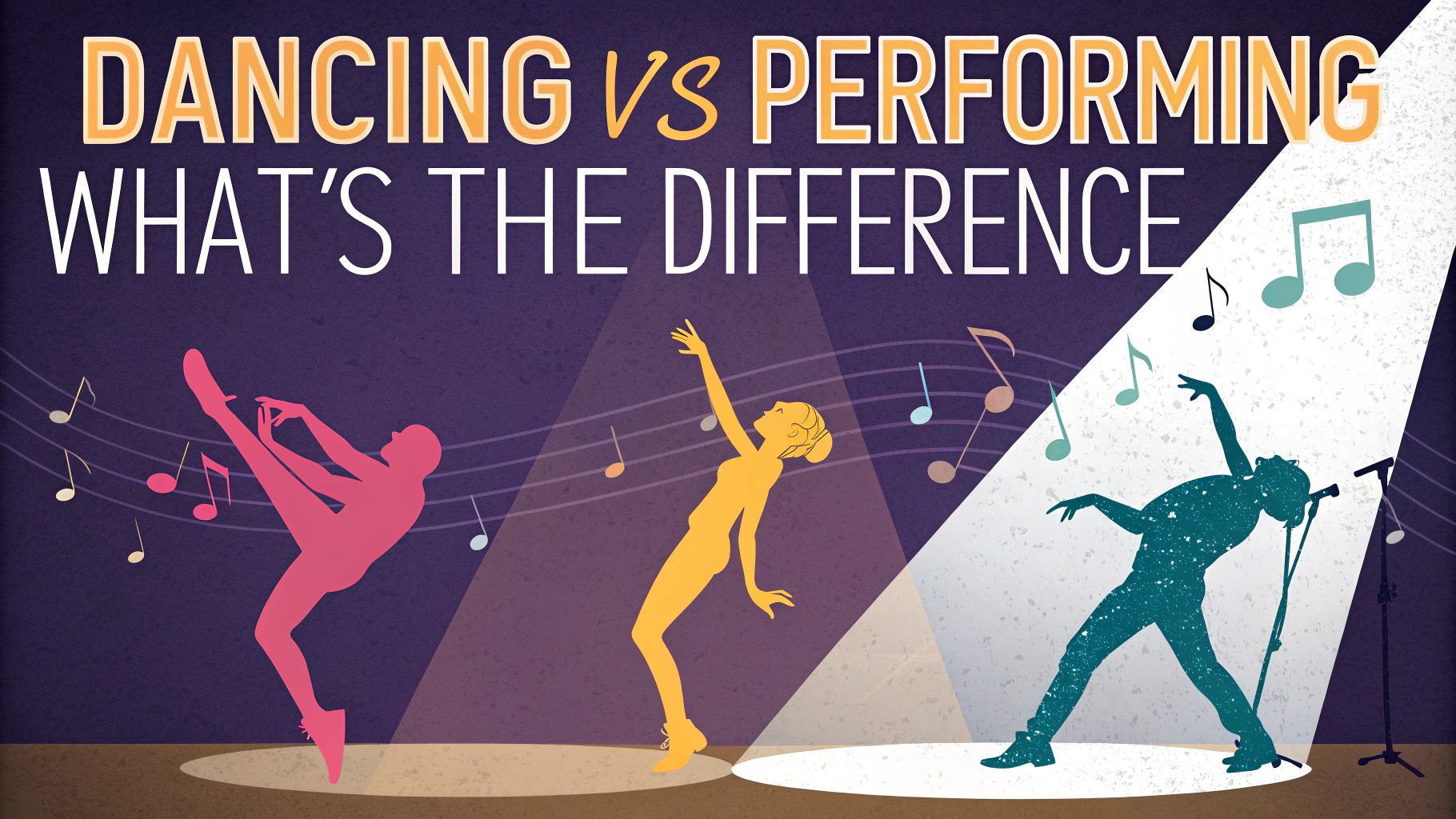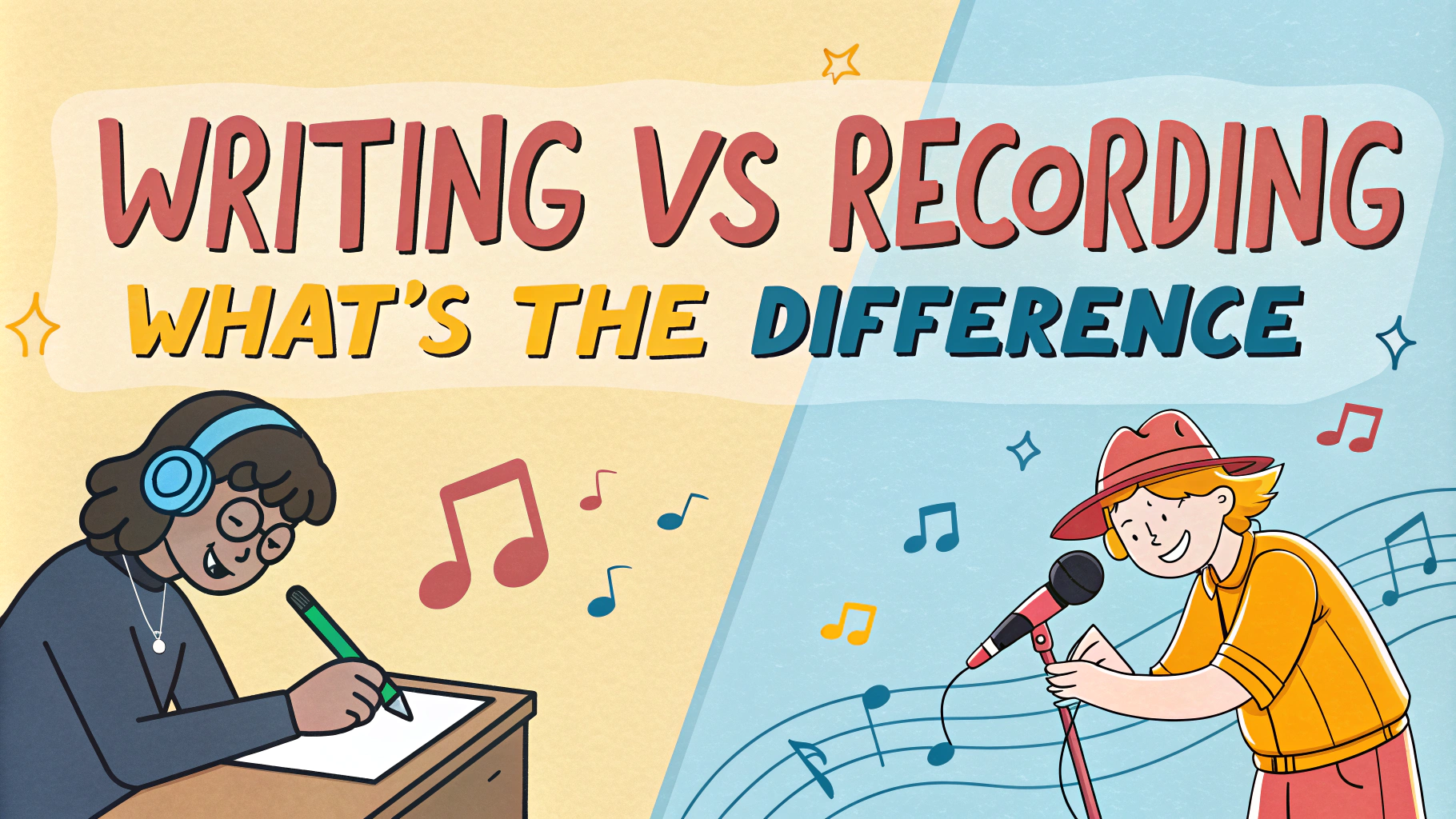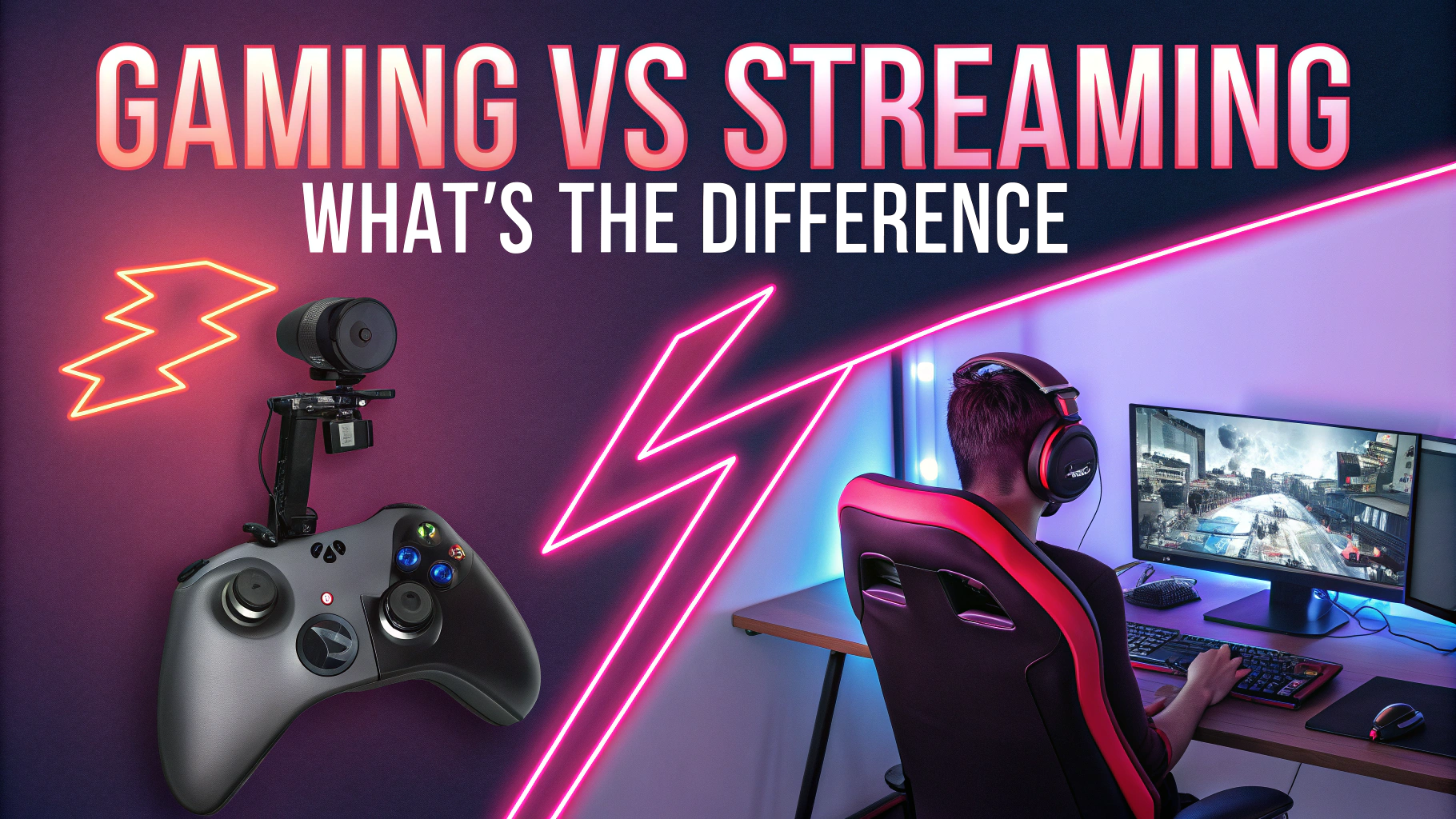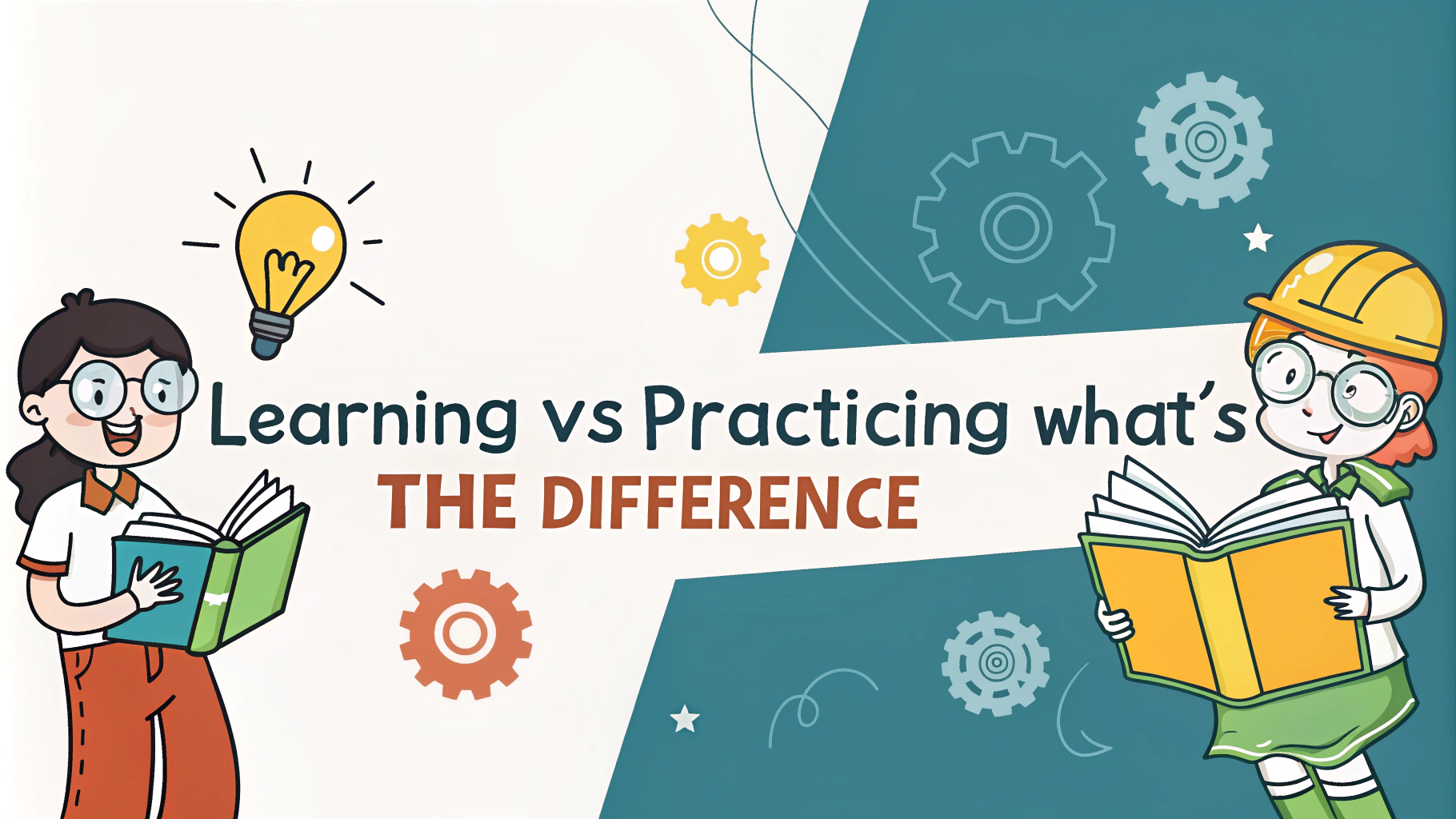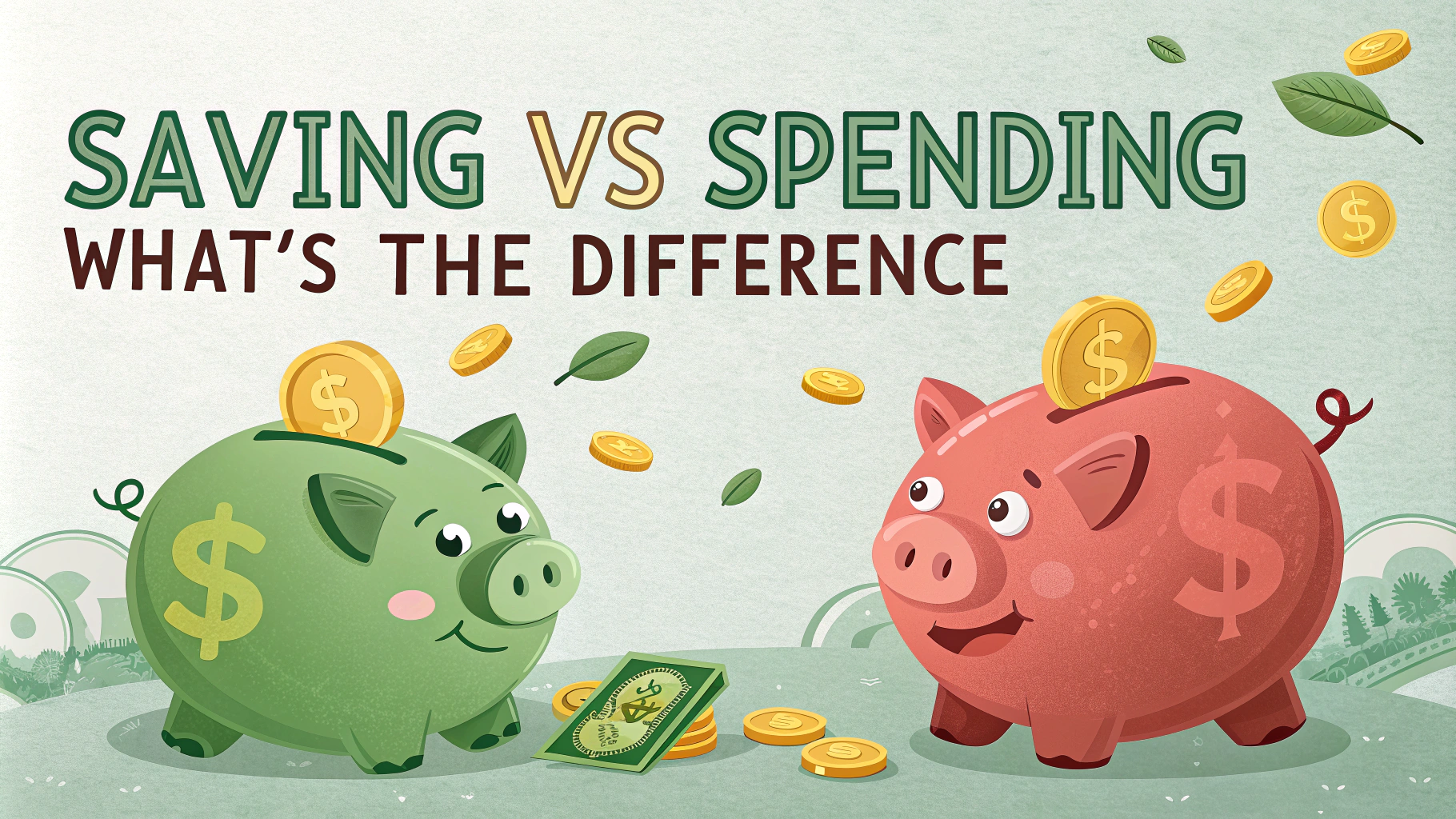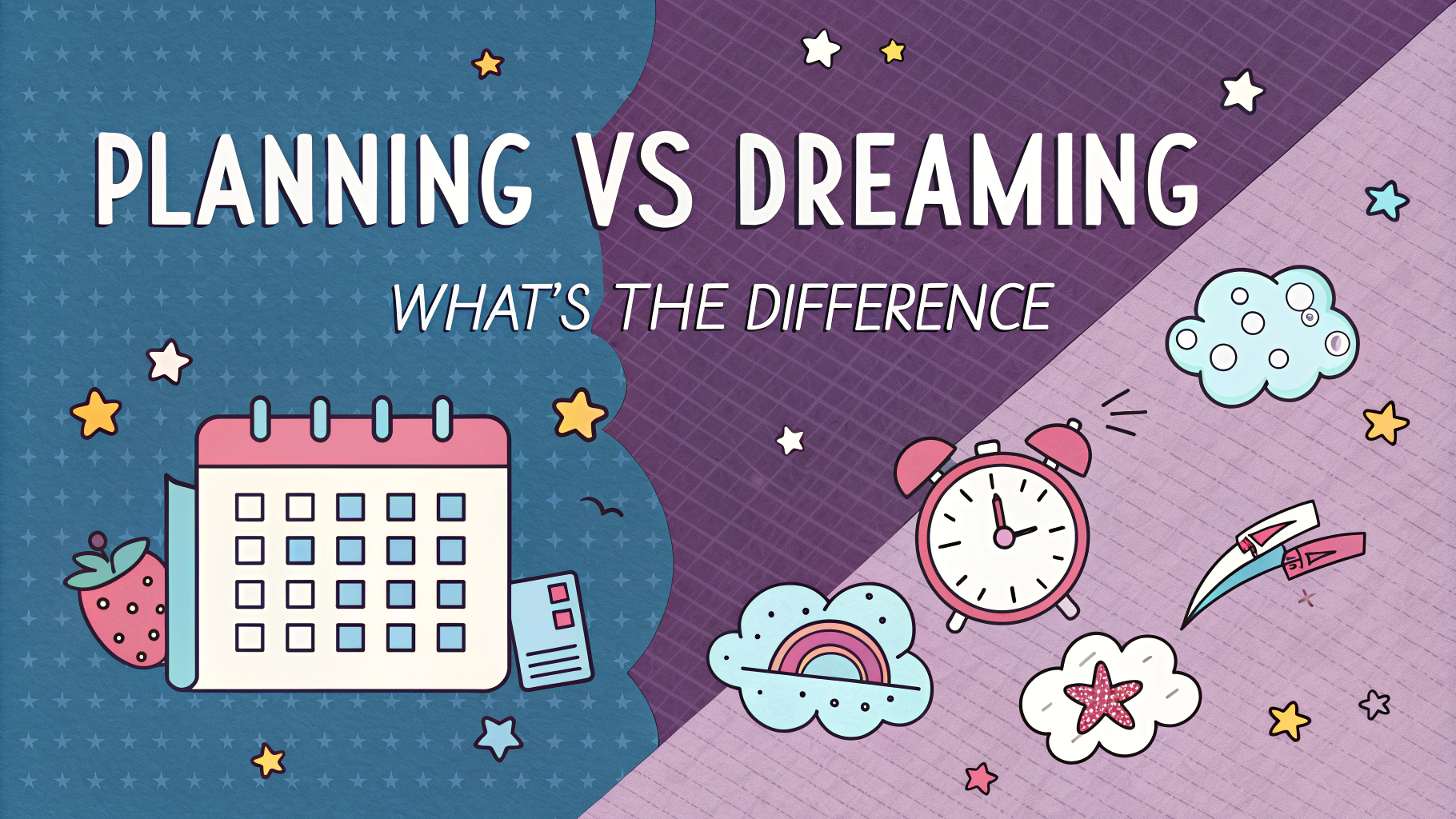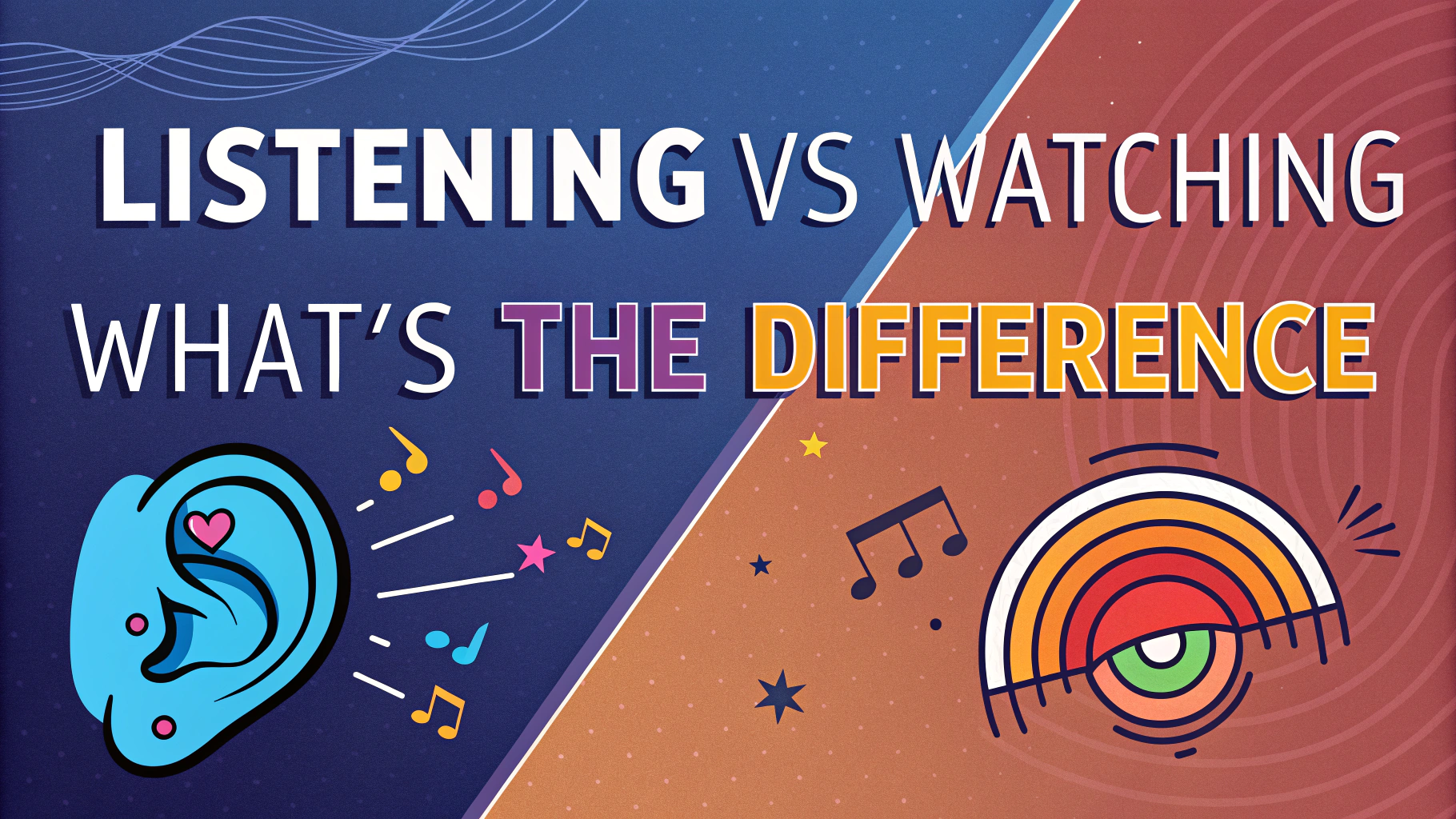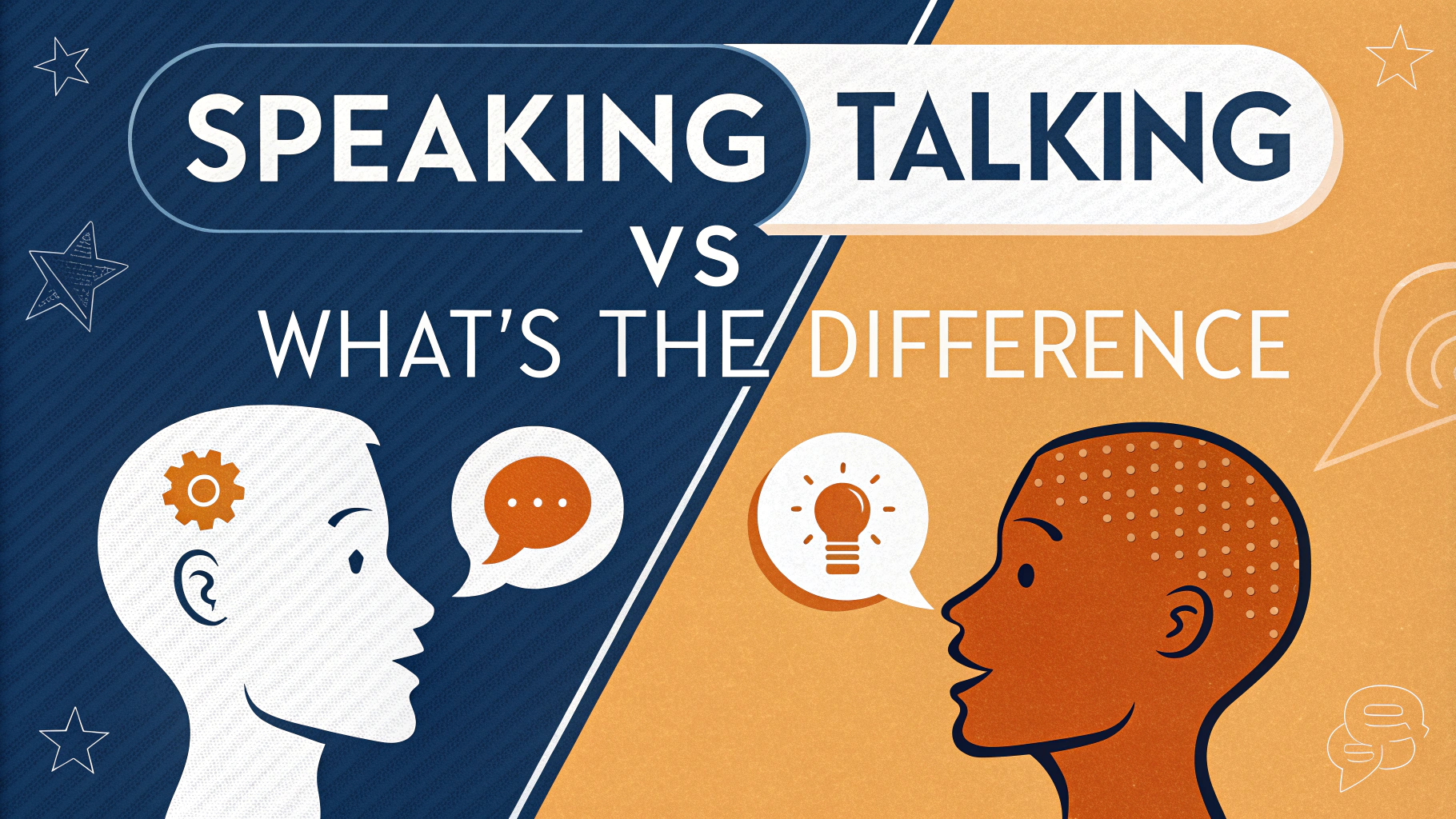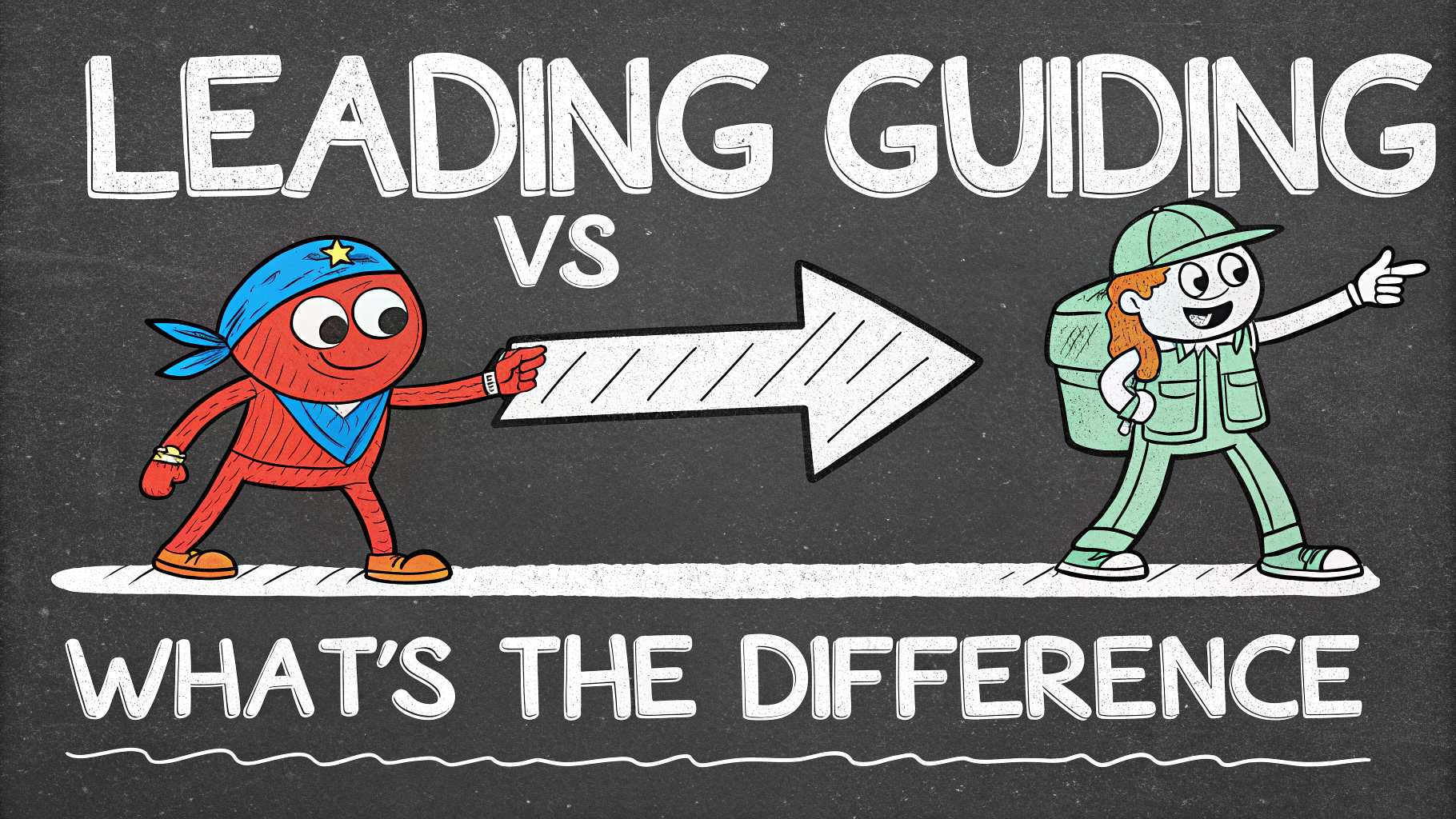Architecture and engineering represent two distinct yet complementary fields in the built environment. While both professions work towards creating functional structures, their approaches and primary focuses differ significantly.
The key difference lies in their core objectives – **architects** prioritize design aesthetics, spatial functionality, and user experience, while **engineers** focus on structural integrity, technical systems, and mathematical precision.
Core Responsibilities in Each Field
- **Architects**:
– Space planning and layout design
– Aesthetic considerations
– Client vision interpretation
– Building concept development - **Engineers**:
– Structural calculations
– Safety analysis
– Technical specifications
– System integration
Educational Requirements and Career Paths
| Aspect | Architecture | Engineering |
|---|---|---|
| Degree | Bachelor/Master of Architecture | Bachelor/Master of Engineering |
| Duration | 5-7 years | 4-6 years |
| Licensing | Required (AIA) | Required (PE) |
Collaboration and Project Roles
**Successful construction projects** require seamless integration between architectural vision and engineering practicality. Understanding each profession’s scope helps create better working relationships.
“Architecture and engineering are like two sides of the same coin – one brings creative vision, the other ensures structural reality.”
- Project Planning Phase:
– Architects lead conceptual design
– Engineers assess feasibility
– Joint problem-solving sessions - Implementation Phase:
– Coordinated documentation
– Regular cross-disciplinary reviews
– Shared responsibility for outcomes
Professional Software Tools and Equipment
Both architects and engineers rely on specialized tools to complete their work efficiently. Understanding the right software and equipment helps streamline workflows and improve project outcomes.
Common Software Tools
- **Architects**:
– AutoCAD
– SketchUp
– Revit
– Adobe Creative Suite - **Engineers**:
– SAP2000
– STAAD Pro
– MATLAB
– AutoCAD Civil 3D
Industry Standards and Regulations
Following building codes and professional standards ensures project success and public safety. Both fields must stay current with changing regulations.
| Area | Key Standards |
|---|---|
| Building Codes | IBC, Local Codes |
| Safety | OSHA, ANSI |
| Sustainability | LEED, BREEAM |
Business and Client Relations
**Successful professionals** in both fields need strong communication and business management skills. Building lasting client relationships drives project success and future opportunities.
- Client Management:
– Clear communication
– Expectation setting
– Regular updates
– Budget management
“The best projects come from strong partnerships between clients, architects, and engineers working towards a shared vision.”
Future Trends and Career Growth
The built environment continues to evolve with new technologies and methodologies. Understanding emerging trends helps professionals stay competitive.
Key Trends
- **Technology Integration**:
– BIM adoption
– AI-assisted design
– Virtual reality presentations
– Sustainable technologies - **Career Development**:
– Specialized certifications
– Cross-disciplinary training
– Project management skills
– Sustainable design expertise
Both architects and engineers shape our built environment through their unique skills and perspectives. Success in either field requires continuous learning and adaptation to new challenges.
Architecture vs Engineering FAQs
Q: What is the main difference between architects and engineers?
Architects focus on the aesthetic design, spatial layout, and user experience of buildings, while engineers concentrate on the structural integrity, technical systems, and mathematical calculations that make the design safe and functional.
Q: Can you be both an architect and structural engineer?
Yes, it’s possible to obtain both qualifications, though it requires separate degrees and licensing. Some professionals known as architect-engineers maintain dual credentials to handle both design and structural aspects of construction.
Q: Which pays more: architectural or engineering jobs?
Engineering typically offers higher average salaries:
- Civil Engineers: $88,050/year average
- Architects: $82,320/year average
- Structural Engineers: $93,290/year average
(U.S. Bureau of Labor Statistics, 2021)
Q: What degree do you need for architecture vs engineering?
Both require specific degrees:
| Architecture | Engineering |
|---|---|
| Bachelor of Architecture (B.Arch) – 5 years | Bachelor of Engineering (B.E/B.S.E) – 4 years |
| Master of Architecture (M.Arch) | Master of Engineering (M.E/M.S.E) |
Q: Do architects need to understand structural engineering?
Yes, architects need basic engineering knowledge to design buildable structures, but they don’t need the same depth of technical expertise as engineers.
Q: Which is harder: architecture or engineering?
Both are challenging in different ways. Engineering requires stronger mathematical skills and technical knowledge, while architecture demands more creative design ability and artistic vision.
Q: What software do architects vs engineers use?
Common software tools:
- Architects: AutoCAD, Revit, SketchUp, Rhino
- Engineers: STAAD.Pro, ETABS, SAP2000, Robot Structural Analysis
Q: How do architect and engineer salaries compare by state?
Highest-paying states for both professions:
- New York
- California
- Texas
- Illinois
Q: What’s the job outlook for architects vs engineers?
Growth projections (2020-2030):
- Architects: 3% growth
- Civil Engineers: 8% growth
- Structural Engineers: 6% growth
Q: Do architects and engineers need different licenses?
Yes, each requires specific licensing:
- Architects: ARE (Architect Registration Examination)
- Engineers: PE (Professional Engineer) license
- Both require continuing education to maintain licenses

